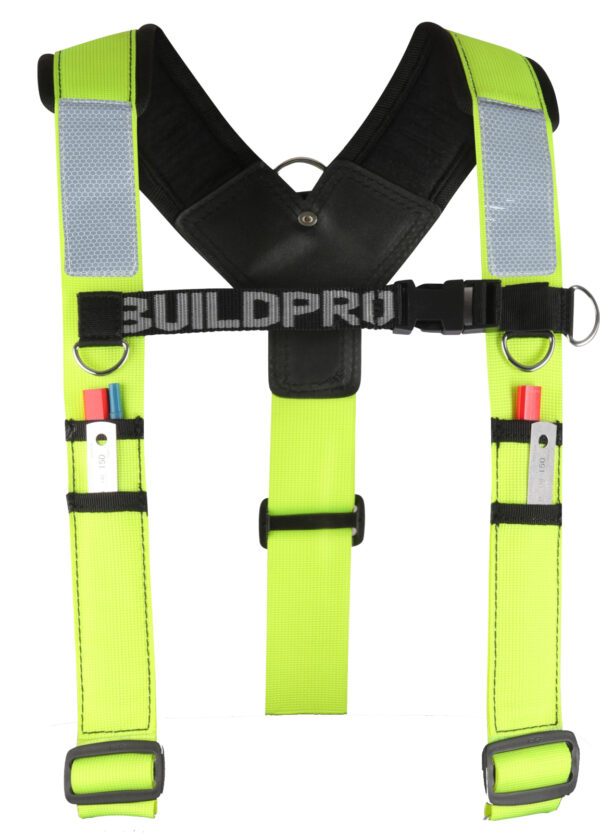Having a tool belt is one thing, but knowing how to use it properly, efficiently, and safely is another. Worry not because this post will serve as your ultimate guide on tool belt safety.
Tool Belt Guidelines That Should Not Be Ignored
- Your toolbelt, including backpacks, pouches, holsters, and so on, should be in good condition. Before starting work each day, ensure the toolbelt hasn’t been damaged during transport. Fix any problems you find before putting the tool or belt to use.
- When working from a height, ensure your tools and supplies are securely fastened in a belt or pouch.
- Always carry the right set of tools for the job. Certain tool belts are made specifically for the tools that will be used for a specific job.
- Safely securing a tape measure with a clip or storing it in a pouch made for tape measure is a must. Do not keep a tape measure inside an unzipped pouch. You could hurt a coworker if a tape measure comes out of the bag and falls from a roof, ladder, or scaffold.
- The loops for carrying hammers and axes should be positioned so as not to restrict motion.
- Avoid using a tool belt that isn’t made for the job, especially for things like drills, screw guns, and other similar tools. The tools could fall and hurt you or your coworker.
- Keep the pointed ends of sharp objects and tools in a bag or pouch to reduce the risk of harm in the event of a fall.
- It’s best to take off your tool belt and haul it up the ladder using a bucket and rope.
- Keep the cords of power tools organized and arranged, especially if you work at elevated places.
- Don’t go crazy with the number of tools you carry. Prepare for the task and bring only what you’ll need. This means figuring out what you’ll need to do before you start loading the tools.

How to Properly and Safely Wear Your Tool Belt
- Pockets – it’s best to use a tool belt with many compartments or pockets. Aside from allowing you to organize your tools better, it also ensures adequate storage space.
- Primary tools and dominant hand – when working, it’s advisable to keep the tools you use most frequently near your dominant hand. Doing so will ensure that your most frequently used tools are easily accessible.
- Secondary tools – the tools you’ll be using, but not as much as the primary ones, should be on the opposite side of your dominant hand.
- Switch the pockets to the rear when needed – when the task at hand requires a lot of bending over, it’s best to turn the tool belt where most pockets are on your rear side. This ensures maximum mobility and minimizes the weight and strain on your back.
- Ensure your hands are free when climbing ladders – when ascending or descending a ladder, arrange your tools and tool belt so that both of your hands can hold the ladder’s handles. Strictly following this rule protects you, the people around you, and the gear you carry.
Ensure You Safety
You now know how to use your tool belt efficiently and safely. However, it would be best if you got a tool belt that is of high quality and comes with good safety features. Whether you’re a carpenter, plumber, electrician, or even a DIY, ensure your safety and invest in a tool belt that offers the quality, performance, and comfort you need. Thankfully, you’ll find a good selection of such at the BUILDPRO Store!

